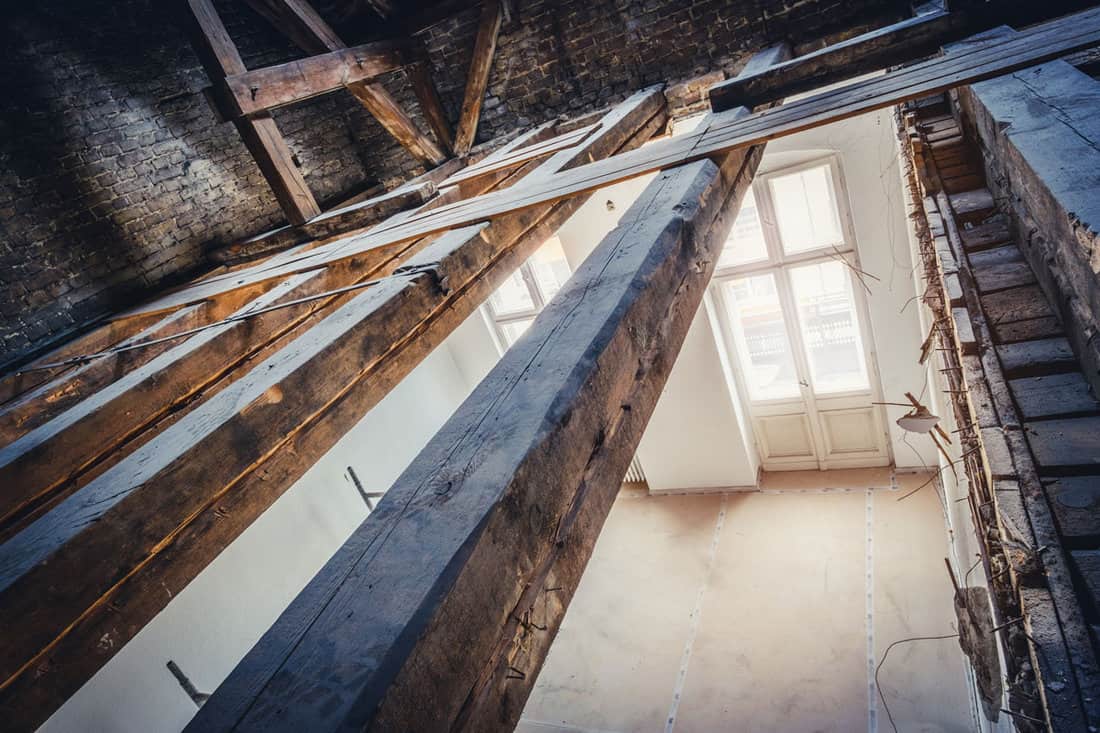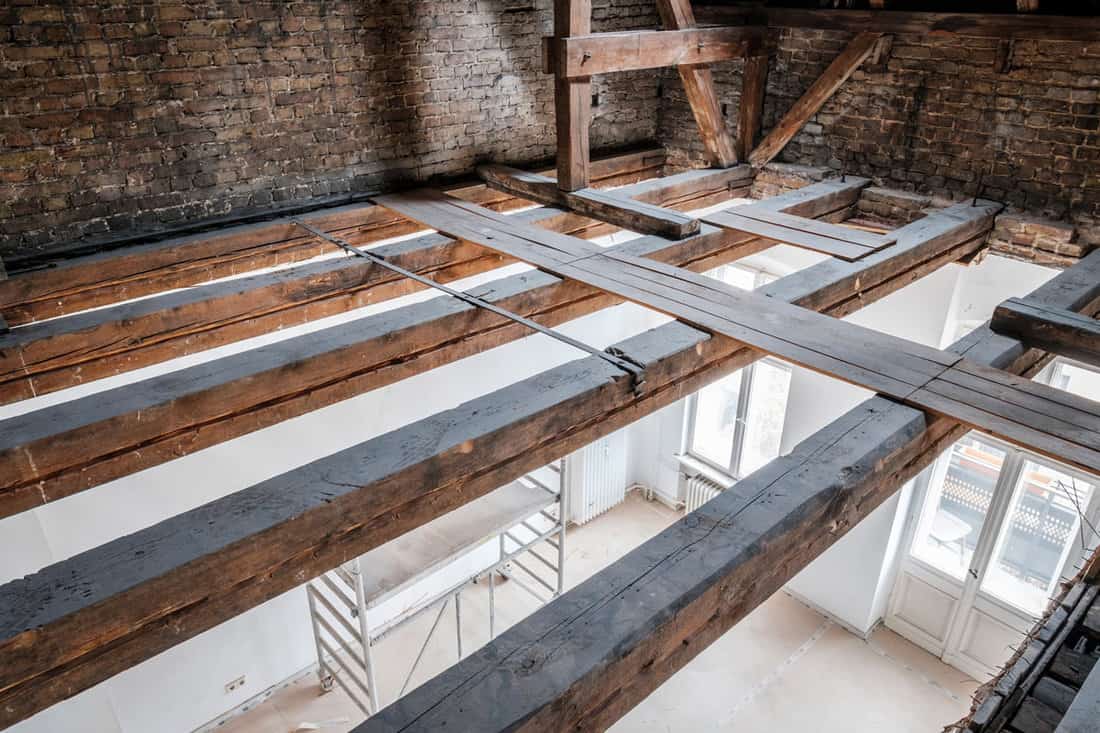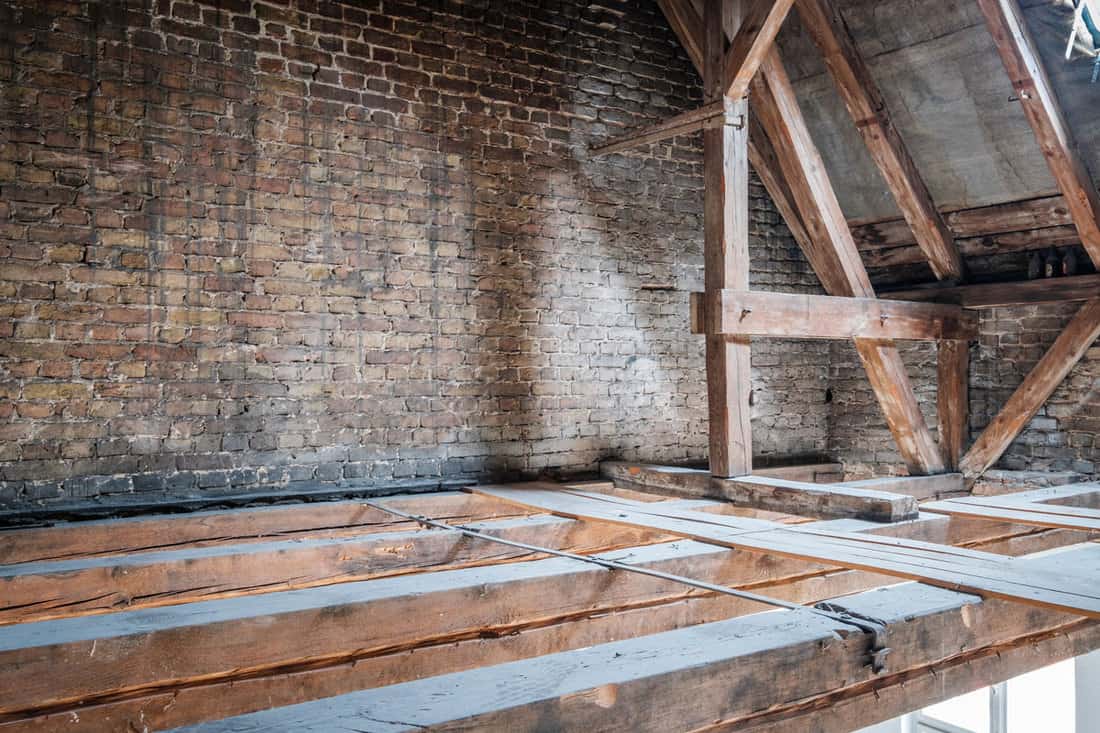Most homeowners are aware that having dry rot inside or close to their property is not something you want. Wooden structures inside and outside of your house could suffer major harm if the problem is not addressed. We've researched the causes of dry rot and how to detect the issue early in order to avoid further destruction.
Like with most home problems, the sooner you identify dry rot, the better. Frequently inspecting any areas in and around your home where water collects or moisture is present is a good idea because the dry rot fungus thrives in damp settings. Among the dry rot causes are:
- Weather and environmental factors.
- Installation errors.
- Damage to the roof or siding.
- Gutter blockages.
- The windowsill or door frame has cracks.
The key to preventing dry rot is routine inspection. Early detection of dry rot can assist to save your house. In the long run, you might save a ton of time, money, and anxiety by learning what causes dry rot, how to recognize it, and what to do if you do find it. To discover everything there is to know about domestic dry rot, keep reading.
![old-attic-loft-during-dry-rot, What Causes Dry Rot In Homes [& How To Detect Early Signs]?](https://homedecorbliss.com/wp-content/uploads/2022/09/What-Causes-Dry-Rot-In-Homes-How-To-Detect-Early-Signs.jpg)
Just what is dry rot?
Dry rot, often known as brown rot, is a type of wood decay brought on by a tiny fungus that eats on the cell walls of wood, destroying it and causing decay. Any wooden structures in or around your home can be destroyed by dry rot, which leaves behind dry and Brittle wood.
Sadly, most individuals cannot recognize an infestation of dry rot. However, if you do not find the dry rot right away and treat it, you could need to replace all the affected wood.

We may include affiliate links and curated AI content to highlight top design styles.
How Does dry rot develop?

Dry rot, despite its name, requires moisture to begin. However, because it can produce moisture through the digestion of wood, it can spread even in the absence of a moisture supply.
Inadequate drying of the wood prior to use or prolonged exposure to high humidity and temperatures between 71 and 77 degrees Fahrenheit can also induce dry rot.
This organism attacks the cellulose that makes up the wood structure. Later, the wood contracts and darkens. Rot spreads quickly once it gets going.
Masonry is just one element through which dry rot can spread throughout a building. Dry rot threatens to undermine the entire structure to the point of decay if it is not stopped.
Detecting early signs of dry rot

The fungus has a lemon-like, nearly yellowish tint to it when it is exposed to light.
Along with indications of mycelium growth on the wood, dry rot leaves behind extensive fractures running perpendicular to the wood's grain. As a result of dry rot using the wood as a food source, the damaged wood will be brown and collapse because it lacks structural integrity.
The wood is typically the only thing that is damaged, although occasionally, huge, flat fruiting bodies that resemble mushrooms may also be seen. These can quickly proliferate through ornamental finishes like plaster or paints.
Dry Rot Prevention
Avoidance is the key when it comes to dry rot. Rather than fixing degradation, it is simpler and more affordable to prevent it. The trick is to keep wood from being exposed to dampness in your home by following this advice:
- With caulk, fill in all cracks. Use new caulk to replace the old, hardened caulk.
- Regular gutter cleaning, at least twice a year, will help to avoid obstructions that could cause water to flow over the side of your house.
- Prior to painting, be sure to prime all sides of any exterior wood.
- As soon as you find any leaks, fix the issue with the plumbing.
- In order to shield the doors from the weather, add a canopy over the entrance.
- In the basement or any other area of the house where there is considerable humidity, use a reliable dehumidifier.
- Bathrooms, attics, crawl areas, and kitchens should all have enough ventilation.
- If the paint is chipped or damaged, replace it on the siding and windows outside.
- As soon as it stops raining, sweep any standing water from outside decking.
- In order to make sure that water cannot enter your home, check all flashing.
- To find any cracks or potential damage, have an inspection of your home performed every year.
- For any outside projects, pressure-treated or decay-resistant wood is required.
- Keep track of any minor roof issues and fix them right away by being proactive.
These are some questions that might help you:
Does House Insurance Cover dry rot?

For the vast majority of insurance, dry rot is generally excluded. You might be eligible to receive a portion of the expenditures returned if it can be established that the dry rot was caused by subpar construction work, such as improper plumbing.
In any case, it is usually suggested to inform your insurer of the issue; they may then tell you if specific expenses are covered.
How do you fix dry rot in a house?
For the area with dry rot to receive the proper treatment, a competent surveyor must conduct a dry rot survey. The surveyor will do a comprehensive investigation to check for any potential dampness or additional types of decay.
The surveyor will provide a thorough report summarizing the survey's results along with the best remedies for your property.
Professional technicians and surveyors will:
- Gain access to repair rotted wood
- Use a dry rot treatment method
- Increase underfloor ventilation
- Replace the lumber
Does dry rot attract termites?
You might be tempted to disregard dry rot if you find it in your crawl space or any other area of your house. But this will simply make the issues worse. This is because termites, who will further harm the wood and the structure of your home, might be attracted to rot.
Protect your home and prevent dry rot in a routine inspection!

One of those terms that buyers and sellers fear is "dry rot." Although dry rot is not good news, there are techniques to manage and treat the issue. Consult a professional if your home shows signs of dry rot or if a house survey reveals problems.
Looking for more helpful information to keep the wood at your home maintained? Check out our related posts:



